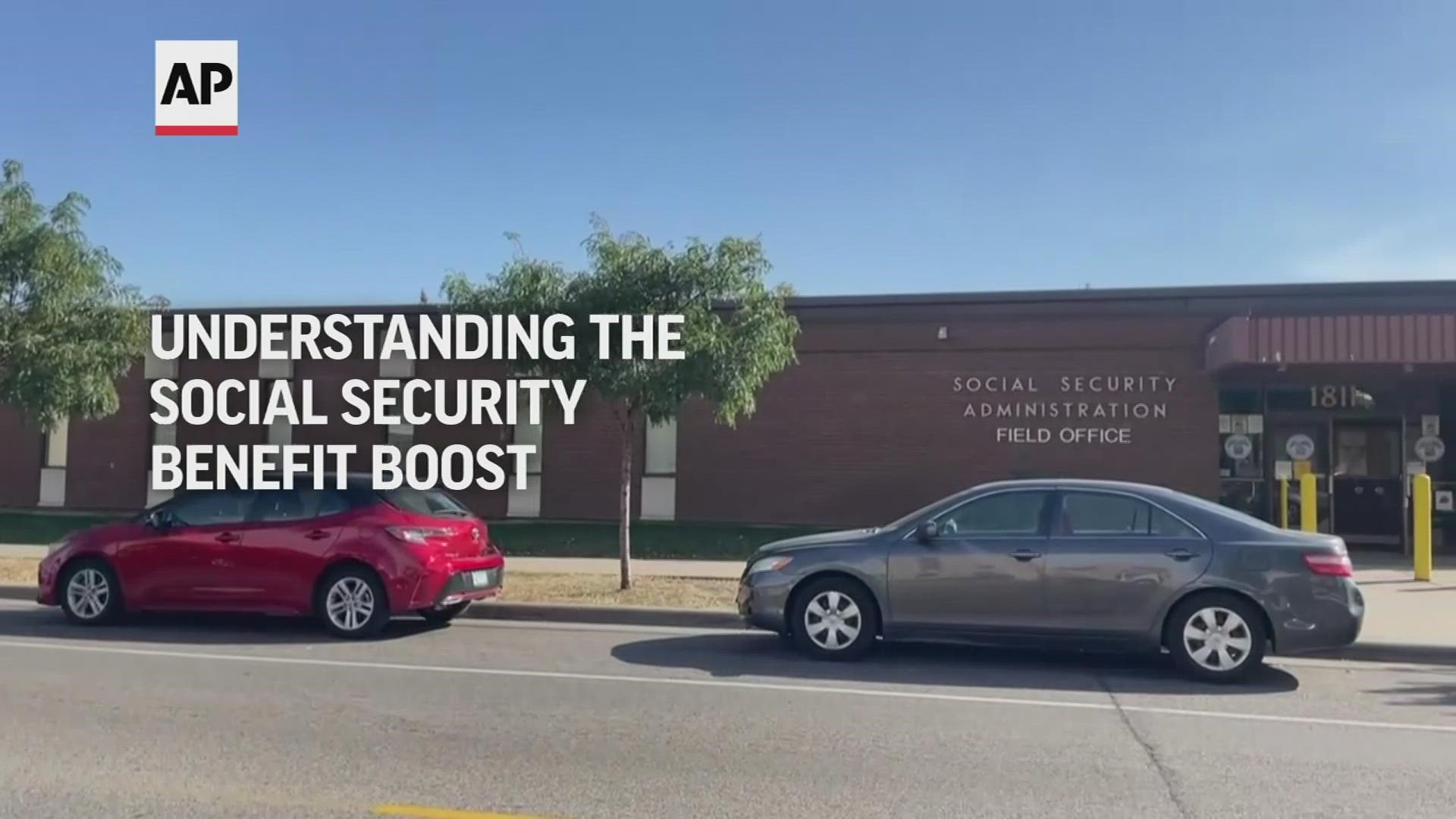ST. PETERSBURG, Fla. — Earlier this year, the Social Security Administration announced an 8.7 percent benefit increase for 2023, the highest hike in more than 40 years.
Nearly 70 million Americans will benefit from these higher cost-of-living adjustment (COLA) payments through Social Security and Supplemental Security Income (SSI), a historic increase that is tempered by the rising cost of everyday living fueled by inflation.
The new COLA will have retired workers receiving an average of $1,827 per month starting in January, according to the Social Security Administration. That's 8.7 percent more than the typical benefit of $1,681 in 2022 — or a little more than $140 per payment, CBS News reports.
But when exactly do those payments start? There is some good news for some Americans — you'll start to see the extra $140 a month on Dec. 30. About 7 million people who receive SSI will see those payment increases before the end of 2022, although that's mainly because Jan. 1 is a holiday.
For the other more than 65 million Americans, they'll see about $140 more added to their benefit payments starting in January 2023. However, when those benefits hit your bank account during the month is dependent on your birth date.
The Social Security Administration issued a calendar for its 2023 benefit payments. Here's how that breaks down:
- If your birth date falls between the 1st - 10th of the month, benefits will be paid on the second Wednesday of each month.
- If your birth date falls between the 11th - 20th, benefits will be paid on the third Wednesday of each month.
- If your birth date falls between the 21st - 31st, benefits will be paid on the fourth Wednesday of each month.
- Those receiving SSI benefits will receive payment on the 1st of each month, with the exception of January 2023.
- If you started receiving Social Security before May 1997 or those receiving both Social Security and SSI, Social Security is paid on the 3rd and SSI on the 1st.
While Social Security recipients are welcoming the benefits increase, many have said it's not enough to cover the impact of inflation. Several government indexes show that inflation hits older Americans harder than the rest of the population. Medical costs are a big part of the burden.
There may be a little bit more relief for those who receive both Social Security and Medicare. For most people, Medicare premiums will drop.
Medicare Part B premiums will decrease by about 3 percent, although that is offset by the sharp 14.5 percent increase that occurred in 2022. Medicare Part C premiums are expected to drop by about 8 percent. Medicare Part D monthly premiums will reportedly see a decrease of about 1.9 percent.
The Associated Press contributed to this report.

